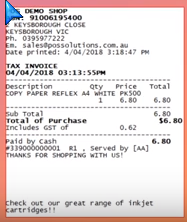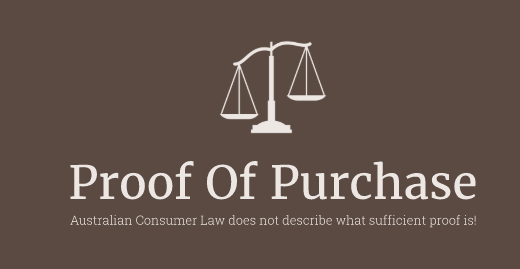Put on your receipt a quote
Connecting with customers is especially important. Now, with the holiday season, with your receipts, you have a great chance to do this. Our POS system makes this quick and free, transforming receipts into retention tools.
Firstly, include a New Year's quote on receipts.
Why Include a New Year's Quote on Your Receipts?
Customers tend to keep receipts, often for proof of purchase and tax purposes, giving them a long lifespan and a few reads. This is why this simple marketing tactic is so effective.
Although exact figures for physical receipts vary, digital receipts boast a super impressive open rate of up to 75%. No other marketing channel garners such much attention. By leveraging this space, you can proceed to:
- Spread festive cheer and positive vibes during the holiday rush.
- Spark conversations about hopes and dreams for the new year.
- Differentiate yourself from competitors who use standard, boring receipts.
- Strengthen your reputation as a thoughtful, caring brand.
Read more about the power of receipt marketing here.
How to Choose the Perfect Message
When selecting a New Year's quote for your receipts, focus on impact.
Do a trial run to make sure that text fits on your receipts.
Great options include:
- Famous New Year's quotes.
- Upbeat messages about new beginnings.
- Playful resolutions related to your products (e.g., "I resolve to eat more chocolate").
- Sincere notes of gratitude for their support in 2025.
Examples of Quotes to Consider
"Cheers to a new year and another chance for us to get it right." — Oprah Winfrey
"The magic in new beginnings is truly the most powerful of them all.” — Josiyah Martin
"New year—a new chapter, new verse, or just the same old story? Ultimately, we write it. The choice is ours.” — Alex Morritt
Click here for more quote inspiration.
Beyond Quotes: Maximise Your Receipt Footer
Your receipt footer is prime real estate. After an inspiring quote, use it to make sales.
1. Print Your Christmas Trading Hours
Put your Trading Hours directly on the receipt
Just in case, check the official trading hours, check here.
2. Market Your Gift Ideas
Don't just hope customers notice your gift lines—tell them about it on the receipt they just bought! A simple footer message can plant the seed for a return visit.
- For Hampers: "Forgot someone? We have curated Gift Hampers ready to go!"
- For Toys: "Check out our new Board Games—perfect for New Year's Eve parties."
- For Summer Items: "Heading to the beach? Look at our ....."
3. Drive Social Media Connection
Social media is your best friend for retention. Use the bottom of your receipt to request a follow-up explicitly.
The line is simple, and I am sure you have seen it six million times
"Follow us on Facebook" @YourStoreName
Spread Positivity in the New Year
Ready to inspire your customers to use your POS System now to update your receipt. It takes less than 2 minutes.
Written by:

Bernard Zimmermann is the founding director of POS Solutions, a leading point-of-sale system company with 45 years of industry experience, now retired and seeking new opportunities. He consults with various organisations, from small businesses to large retailers and government institutions. Bernard is passionate about helping companies optimise their operations through innovative POS technology and enabling seamless customer experiences through effective software solutions.









